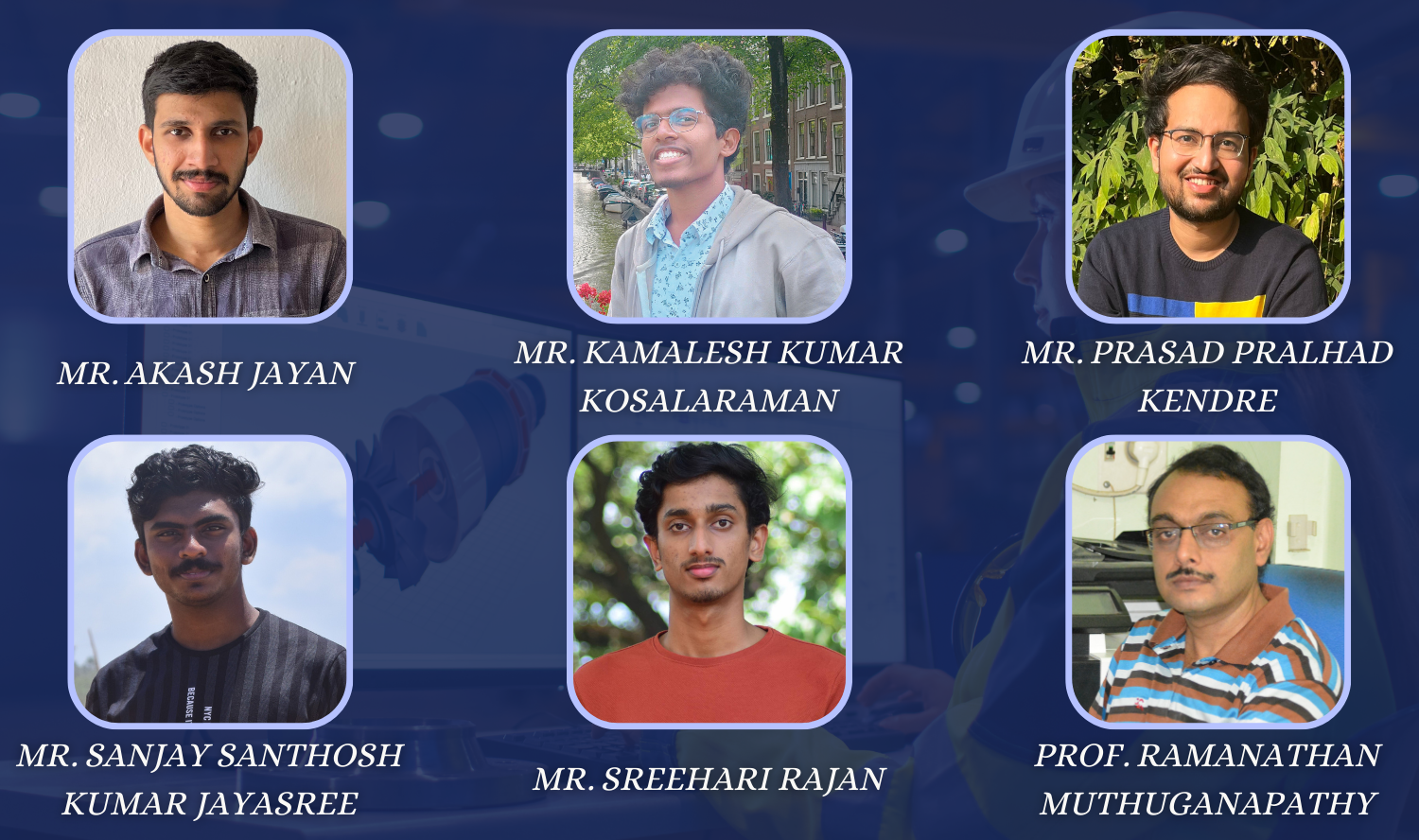
We’re all experts at searching for content that we want on the web. Easy, isn’t it? However, searching for images, audio, and video is not so easy using a text-based search.
Computer-aided design (CAD) is a huge boon for engineers and designers. It uses computers to help design virtually anything and finds great use in industries such as aerospace, architecture, prosthetics, animation, etc. The focus of this paper is on engineering design.
CAD databases usually have a huge amount of engineering shapes, even millions of shapes to choose from in order to design anything like a piston or a cylinder. Thus effective and efficient retrieval systems are necessary.
End users usually prefer a two-dimensional (2D) sketch over a three-dimensional (3D) object when searching for a shape. This requires a proper retrieval system.
Text-based techniques can’t be applied to 3D models because there is no proper correlation between the images and the text queries.
Image-based retrieval techniques also usually perform poorly because they compute similarity based on the histogram (a histogram is a visual representation of the given data) of the query image and the images in the database.
Directly using the 3D model as a query is also not feasible as this requires domain knowledge.
Therefore using a 2D representative sketch for a 3D CAD model is more feasible since drawing sketches of 3D objects is much easier than handling 3D CAD models directly as queries.
The main objective of this work is to enhance the retrieval system’s efficiency by enhancing the query sketch. By simply drawing a partial sketch outline, it becomes feasible to retrieve relevant 3D CAD models from the database. The performance of the retrieval system can be greatly improved by incorporating an additional mask in areas where the user feels that more details about the shape are lacking.

In this study, the authors Mr. Prasad Pralhad Kendre, Mr. Kamalesh Kumar Kosalaraman, and Prof. Ramanathan Muthuganapathy from the Advanced Geometric Computing Lab, Department of Engineering Design, Indian Institute of Technology Madras, Chennai, India, and Mr. Sanjay Santhosh Kumar Jayasree, Mr. Sreehari Rajan, and Mr. Akash Jayan from the Department of Computer Science, TKM College of Engineering, Kollam, India, a new type of Generative Adversarial Network (GAN) called SketchCADGAN has been introduced. It uses a two-stage cascaded approach to fill in missing parts of a sketch provided as input query.
The first stage of the network uses a generator network to predict an image of a CAD model from an incomplete sketch while the second stage generator network takes the output of the first stage network and attempts to convert it into a completed sketch.
This is perhaps the first network for completing incomplete query sketches of engineering shapes. A detailed quantitative and qualitative comparison of SketchCADGAN with other methods was performed, and it was found that SketchCADGAN significantly outperformed the other methods.
Dr. Amal Dev Parakkat, Assistant Professor from the Computer Graphics Group – IMAGES Team, IDS Department – Telecom Paris, Institut Polytechnique de Paris, acknowledged the importance of the work done by the authors with the following comments: “Using sketches as a means to retrieve 3D shapes is a well-explored area. Despite its easy and intuitive nature, the existing methods expect the users to remember and sketch the details of the target shape (a cumbersome task, indeed) to retrieve the desired result. This article introduces a first-of-its-kind GAN-based model to complete partially drawn query sketches, allowing for more accurate retrieval of CAD models. So, sketch the parts you remember, and the system will do the remaining and help you find the desired CAD model – making life much easier!!!”
Article by Akshay Anantharaman
Click here for the original link to the paper










